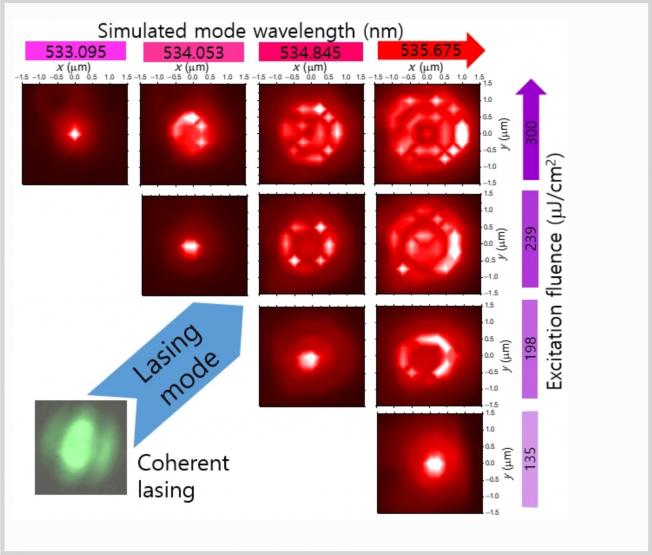Reconfigurable low-emissivity optical coating using ultrathin phase change materials
Abstract:
A method for controlling the optical properties of a solid-state film over a broad wavelength range is highly desirable and could have significant commercial impact. One such application is smart glazing technology where near-infrared solar radiation is harvested in the winter and reflected it in the summer─an impossibility for materials with fixed thermal and optical properties. Here, we experimentally demonstrate the first spectrally tunable, low-emissivity coating using a chalcogenide-based phase-change material (Ge20Te80), which can modulate the solar heat gain of a window while maintaining neutral-coloration and constant transmission of light at visible wavelengths. We additionally demonstrate the controlled transfer of absorbed near-infrared energy to far-infrared radiation, which can be used to heat a building’s interior and show fast, sub-millisecond switching using transparent electrical heaters integrated on glass substrates. These combined properties result in a smart window that is efficient and aesthetically pleasing─crucial for successful adoption of green technology.Local magnetic spin mismatch promoting photocatalytic overall water splitting with exceptional solar-to-hydrogen efficiency
Abstract:
The photocatalytic overall water splitting (POWS) reaction using particulate catalysts is considered as an ideal approach for capturing solar energy and storing it in the form of hydrogen, however, current POWS systems are hindered by the slow separation but fast recombination of the photo-generated charge carriers, hence giving unsatisfactory performances. Here we report a dramatically improved POWS system for a Au-supported Fe3O4/N-TiO2 superparamagnetic photocatalyst promoted by local magnetic field effects. Strong local magnetic flux was induced by a weak external magnetic field of 180 mT, which then resulted in a quantum efficiency of 88.7% at 437 nm at 270 °C without any sacrificial reagent. The mechanism of the magnetic field effects was explored systematically and quantitatively by time-resolved spectroscopic technique and first-principles calculations, which suggested such enhancement was due to the greatly prolonged excitonic lifetime, originating from both the Lorentz force and spin-polarisation effects. By controllable manipulation of both features using local magnetic field, an unprecedented solar-to-hydrogen conversion efficiency of 11.9 ± 0.5% and an overall energy efficiency of 1.16 ± 0.05% were achieved in a particulate POWS system under AM 1.5G simulated solar illumination, which exceeds the STH goal of 10% for practical applications of POWS systems imposed by the United States Department of Energy.



